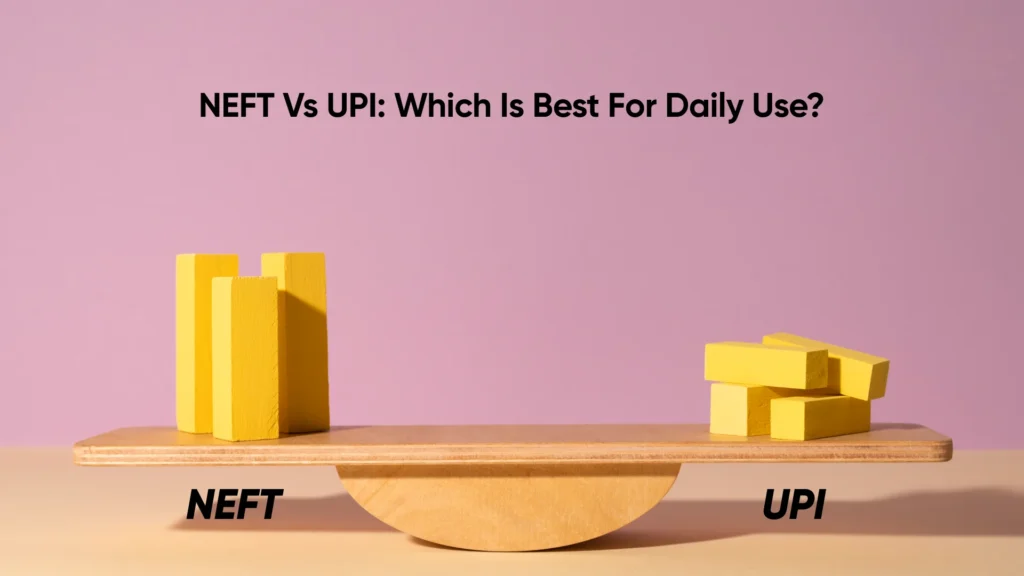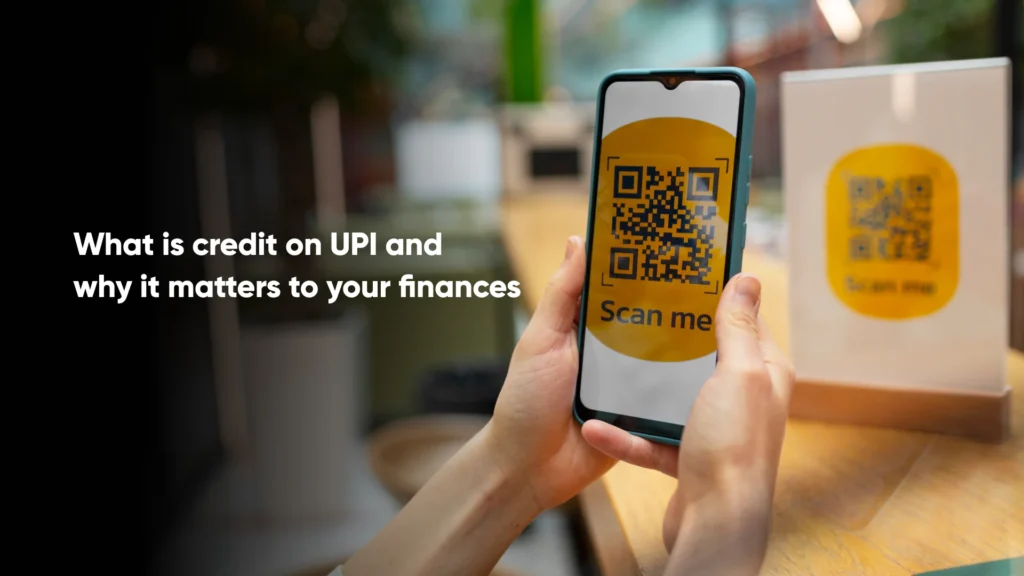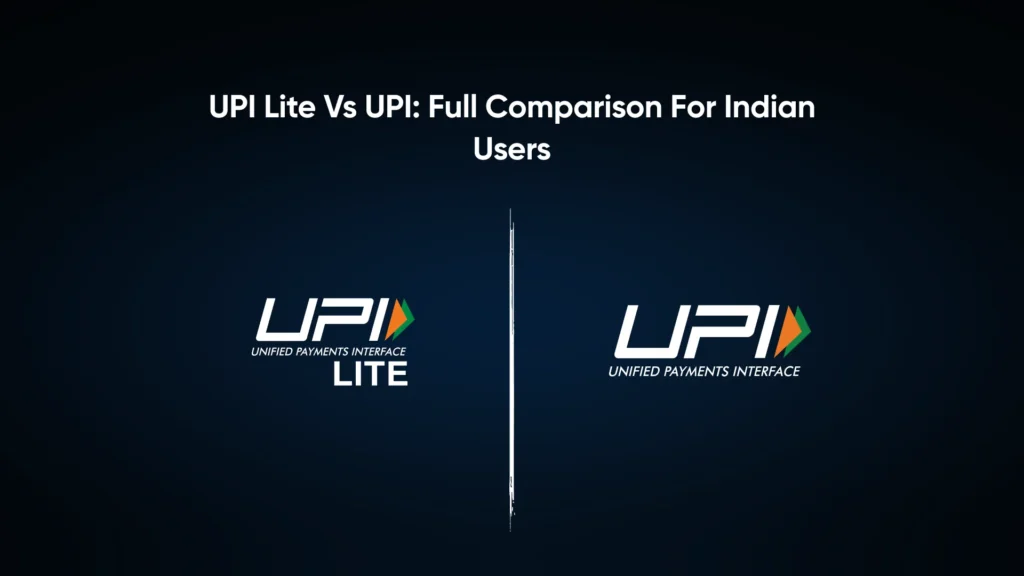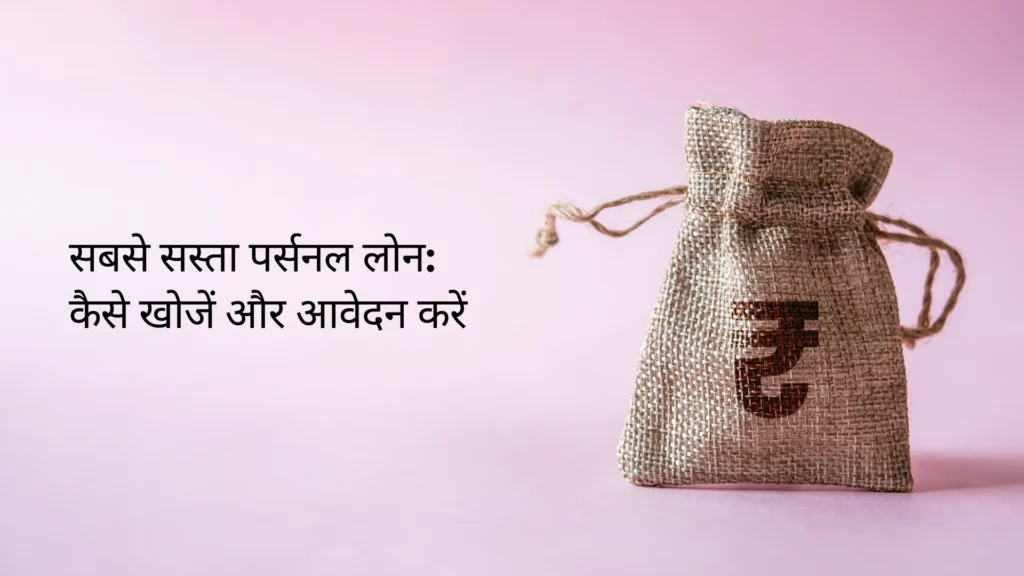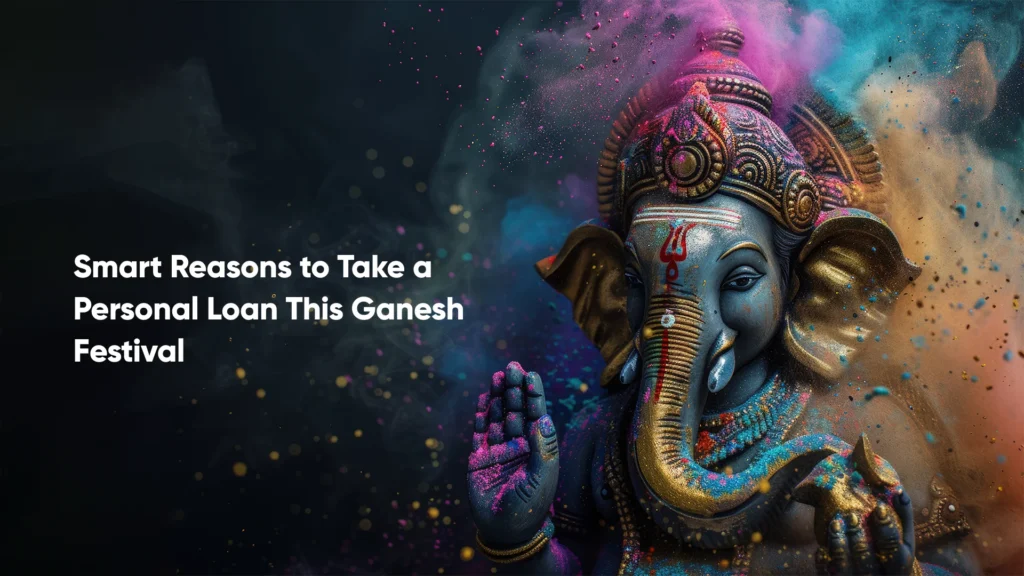India’s digital payments revolution is powered by the Unified Payments Interface (UPI), a real-time system that moves money between bank accounts in a few seconds. In just nine years, UPI has grown from a fledgling idea at the National Payments Corporation of India (NPCI) to the world’s busiest retail-payments rail, handling billions of transactions monthly. But India is vast, and not every user enjoys rock-solid data coverage or the confidence to tap a smartphone PIN dozens of times a day.
Enter UPI Lite, an NPCI innovation launched in late 2022 that stores a small, pre-funded balance on your phone and works even when you’re offline. By separating low-value, high-frequency spends from mainstream UPI traffic, UPI Lite promises smoother checkouts, fewer failed transactions, and better reach in rural or congested network areas(one of the biggest UPI Lite benefits).
Knowing where the two systems overlap and where they diverge will help you pick the smarter payment rail, be it buying groceries in Bengaluru or a bus ticket in Bundelkhand.
Table of Contents
ToggleWhat Is UPI?
The Unified Payments Interface (UPI) debuted in 2016 with a single goal: to make bank-to-bank transfers as easy as possible. Built by NPCI, it links multiple bank accounts to one mobile app and authenticates every transfer with a secure UPI PIN.
Key Features
- Transfers in seconds at any day, any hour: UPI never closes. Whether it’s 2 a.m. on a Sunday or a national holiday, your money reaches the recipient in under five seconds.
- Multi-Bank Linking: Link your salary, savings, and joint accounts in the same app. Need to pay rent from savings and groceries from salary? Just tap the desired account before you hit “Pay.”
- Universal Acceptance: Scan a QR at the corner kirana, pay utility bills, check out on Amazon, or settle your income-tax dues. UPI is woven into nearly every Indian payment point.
- Large transaction limits: Most banks let you send up to ₹1 lakh per transfer; verified users get ₹2 lakh, and specialised categories (like credit-card bill payments) go up to ₹5 lakh.
- Robust Security: End-to-end encryption, device binding, and a two-factor UPI PIN keep your money safe while still letting you pay in seconds.
From splitting a ₹400 pizza with friends to clearing a ₹60,000 credit-card bill, UPI’s speed, versatility, and security make it the go-to payment method for millions of Indians every day.
What Is UPI Lite?
UPI Lite is the “lite” version of UPI, optimised for quick, small-value, often-offline transactions.
How it works: You preload up to ₹2,000 per day into an on-device wallet (no separate KYC; funds stay within your linked bank account). Each purchase, capped at ₹200 (and up to ₹500 in Paytm UPI Lite), is debited locally without server calls. When your phone reconnects, transactions sync with your bank.
Rural areas, basement shops, packed stadiums, or festival crowds often suffer patchy data. UPI Lite keeps payments humming and unclogs the main UPI switch for bigger transfers, debunking common UPI Lite myths about reliability and security.
Benefits at a Glance
- Works offline with one-tap checkout: Pay anywhere, even without data, using your pre-loaded balance, no PIN needed for each small purchase.
- Fewer failures, lighter on battery: Transactions complete locally and sync later, cutting “payment failed” errors as well as data and power usage.
Students, daily commuters, small-town shoppers, or anyone making several sub ₹200 purchases a day will find UPI Lite faster and more reliable than full UPI in spotty network zones.
Key Differences Between UPI and UPI Lite
Aspect | UPI (Full) | UPI Lite |
Connectivity | Needs an active internet | Pays offline, auto-syncs later |
Transaction limit | Up to ₹1 lakh (₹2–5 lakh for select use-cases) | ₹200–₹500 per transaction; ₹2,000 daily top-up |
Speed | Less than 5 sec, real-time | Instant on device; settles on reconnection |
Security | Two-factor: device + UPI PIN; bank encryption | Device-level validation; PIN only for top-ups |
Typical use-case | Any P2P or merchant payment, small to large | Recurrent micro-purchases: chai, bus fare, snacks |
Availability | All major banks & UPI apps | Select banks/apps (Paytm, BHIM, PhonePe & growing) |
Failure rate | Dependent on network/server load | Very low; processed offline |
Fees | Free for P2P; ≤₹2 merchant MDR | Free |
Risk if phone lost | Protected by app lock + UPI PIN | Wallet locked to device IMEI; needs phone unlock to spend |
Although UPI Lite rides on the UPI backbone, its offline nature and low caps mean it complements rather than replaces full-blown UPI.
How to Enable and Use UPI Lite
- Update your UPI app (Paytm, PhonePe, BHIM, etc.) to the latest version.
- Navigate to the UPI Lite section (often under “UPI Settings”).
- Select bank account eligible for UPI Lite.
- Top-up wallet: Choose ₹500/₹1,000/₹2,000 and confirm with UPI PIN.
- Pay offline: Open scanner, tap “Pay via UPI Lite,” scan QR, confirm. No PIN required.
- Check balance & sync: When data returns, the app auto-syncs; you also receive a daily SMS mini-statement.
Recharge the wallet once a day during strong connectivity. For security, keep phone-lock and app-lock enabled. If you hit the ₹2,000 daily cap, simply fall back to full UPI for the next payment.
Also Read: What is UPI Transaction Limit: How Does It Impact Users?
Advantages of UPI Lite Over Traditional UPI
Need to pay for a chai in a patchy network zone or zip through a crowded ticket gate without fumbling for a PIN? UPI Lite is built for these quick-fire moments. By storing a small, pre-funded balance on your phone, it trims the steps and the connectivity hassles that sometimes slow full-blown UPI. Here’s why that matters:
- Offline capability
- Works in flights, underground metros, rural villages, or basement cafés. Anywhere where there is a possibility of a data drop.
- Payments queue on your device and sync automatically once you’re back online, so nothing gets lost.
- Works in flights, underground metros, rural villages, or basement cafés. Anywhere where there is a possibility of a data drop.
- Near-zero payment failures
- Because validation happens locally, you bypass server congestion and network latency.
- Ideal during festival crowds or peak shopping hours when standard UPI can time-out.
- Because validation happens locally, you bypass server congestion and network latency.
- One PIN per top-up, not per swipe
- You enter your UPI PIN only when loading money into the Lite wallet.
- Senior citizens, children, and first-time smartphone users can pay without repeated PIN prompts, reducing errors and fatigue.
- You enter your UPI PIN only when loading money into the Lite wallet.
- Tap-and-go speed
- Check-out times mimic a QR code, making queues move faster at bus depots, movie theatres, and highway tolls.
- Merchants see quicker turnover and shorter lines.
- Check-out times mimic a QR code, making queues move faster at bus depots, movie theatres, and highway tolls.
- Broader financial inclusion
- Small merchants without reliable 4G can accept QR payments because Lite works offline on the payer’s side.
- Helps extend digital payments to remote regions and micro-businesses previously locked out of UPI.
- Small merchants without reliable 4G can accept QR payments because Lite works offline on the payer’s side.
In short, UPI Lite complements traditional UPI by smoothing out the bumps in low-value, high-frequency transactions, giving both users and merchants a faster, simpler way to go cashless.
Also Read: Advantages and Disadvantages of UPI Payments While Using for Money Transfer
Use-Case Cheat-Sheet: When to Pick Which
When it comes to digital payments, picking the right tool can save you time, fees, and frustration. Refer to this to match your transaction to the fastest, most reliable rail, whether you’re buying a coffee or paying rent.
Choose Full UPI When You Need:
- Mid-to-high value payments: Anything from ₹500 up to your bank’s cap (₹1–2 lakh), like credit-card bills, rent, salary transfers, or government fees.
- E-commerce checkouts: Seamless integration with online shopping carts and bill-payment portals.
- Scheduled or bulk payouts: Automate rent or payroll disbursements in one go without topping up a wallet.
Choose UPI Lite When You’re Making:
- Micro-transactions in spotty networks: Metro rides (₹20–50), chai or snacks (₹30–100), school canteen fees, parking charges.
- High-frequency spends: Toll booths, street-food stalls, festival vendors—anywhere you need sub-₹200 payments on the fly.
- Rural or crowded areas: No data? No problem. Pay instantly from your on-device balance and sync later.
Example:
Every morning, an urban commuter tops up ₹1,000 via UPI Lite. She scans her way through six QR payments during the day: bus fare, coffee, quick lunch, without worrying about network drops or repeated PIN entries. In the evening, she switches back to full UPI to settle her ₹12,000 electricity bill and a ₹3,500 grocery order in one smooth transaction.
Common Misconceptions About UPI Lite
Myth | Fact |
“UPI Lite is less secure.” | Funds stay encrypted on your device, top-ups still need UPI PIN and biometric/phone lock. |
“UPI Lite replaces UPI entirely.” | It’s an add-on for micro-payments. Large or online purchases still use mainstream UPI. |
“You can’t receive money on UPI Lite.” | Correct. You spend from your wallet. Incoming funds are always credited to your main bank via UPI/IMPS. |
“Every bank/app supports it.” | Support is growing, but not universal. Check your app’s FAQ or NPCI’s list for UPI Lite vs UPI availability. |
Conclusion
Think of UPI as your reliable highway for everything from rent to online shopping, and UPI Lite as the nimble scooter that glides through the narrowest lanes when connectivity falters. By enabling both in your favourite UPI app, you’ll always have the perfect tool: top up your Lite wallet each morning to breeze through small, frequent spends, then switch to full UPI for larger bills or formal payments. Keep an eye on your daily limits, set auto-sync reminders, and you’ll enjoy seamless, secure transactions every time. No unexpected fees or network issues, just smooth digital payments wherever you go.
Frequently Asked Questions
UPI is a full-featured, real-time payment system that requires an active internet connection and supports high-value transfers up to ₹1–2 lakh. UPI Lite, on the other hand, uses a small, prepaid on-device wallet for quick, low-value payments (₹200–₹500) offline, syncing with your bank once you’re back online.
Yes, you can enable UPI Lite on Paytm. Open your Paytm app, go to UPI & Payment Settings, select Enable UPI Lite, choose the linked bank account, set your daily top-up limit, and confirm with your UPI PIN. Once activated, top up your UPI Lite wallet and start paying with just one tap, even without data.
Yes. UPI Lite wallets are tied to your device IMEI and secured by your phone lock. Top-ups require your UPI PIN, and all stored funds are held in your linked bank account. Any offline payments done sync securely once you reconnect to the internet.
No, UPI Lite is designed for micro-transactions up to ₹200–₹500 per payment, with a maximum daily balance of ₹2,000.
When you initiate a UPI Lite payment without the internet, the app debits your on-device wallet balance locally. The transaction is stored encrypted on your phone and automatically synced with your bank when you regain connectivity, ensuring both speed and reliability in low-network areas.
Yes. Once your UPI Lite balance syncs, all offline payments appear as a single consolidated entry in your bank statement or passbook. You’ll also receive an SMS mini-statement detailing individual transactions, so your records stay complete and up-to-date.

